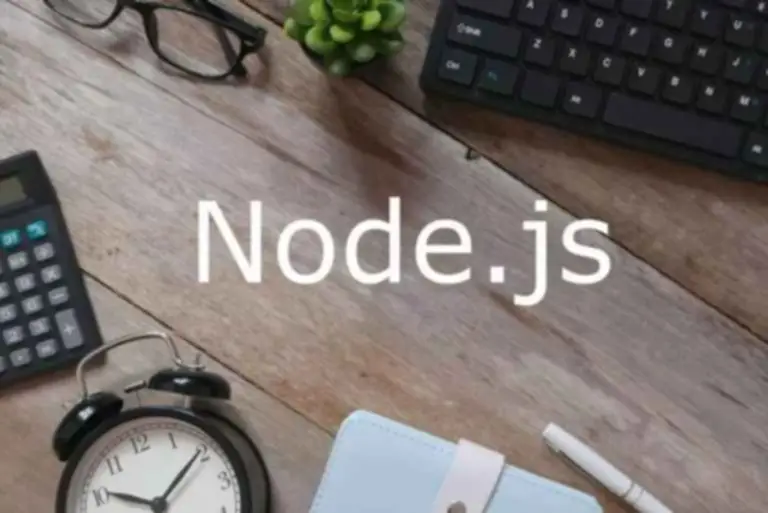This transfer continues to be represented by John Oakland and others but has been widely deprecated by writers in the Shewhart–Deming custom. Analytically it is important as a result of the control limits within the X chart are a function https://www.globalcloudteam.com/ of R-bar. If the range chart is out of control then the R-bar inflates as does the management restrict.

Control Chart Challenges And Options: Navigating The Tides Of Quality Administration
The negative aspect of a process does not at all times present up in special cause variation. We can take preventive measures to avoid process variation if there is a meaning of control chart particular reason. We might additionally take preventive measures to avoid situations like a flat tire making us late. Because the particular cause may be avoided, the assignable trigger is unavoidable. If the method is steady, it means all information factors are inside the management limits.
- Should you examine for some specific root cause, or make fundamental changes?
- Accordingly, points outdoors the management limits indicate instability.
- With more than ten years of expertise making use of his skills across numerous industries, Daniel makes a speciality of optimizing processes and bettering efficiency.
- A sequence of seven consecutive points on one facet of the imply suggests a possible shift in the course of mean.
- Control charts are particularly beneficial in high quality management and manufacturing environments, where sustaining constant performance is important.
Applying Management Charts Across Non-manufacturing Sectors
Technicians record the variety of lifeless pixels for every screen. The producer uses a U chart to monitor the common variety of lifeless pixels per display. Use an np-chart when figuring out the total rely of defective items (the unit might have one or more defects) with a constant sampling measurement. Once the impact of any out-of-control points is faraway from the MR chart, have a glance at the I chart. However, make positive to remove the point by correcting the method – not by simply erasing the data level. There are three main parts of a management chart as shown in Figure 3.

Advantages Of Control Charts: What’s In It For You?
Control Charts, or what the pros might call ‘process behavior charts’, function the spine for this mission. By weaving Control Charts into the DMAIC (Define, Measure, Analyze, Improve, Control) phases, teams can actually watch variability squirm under the statistical spotlight. A data-driven path to process enchancment that’s as clear as day. In the end, mastering these challenges with Control Charts isn’t nearly sticking to the rules—it’s about understanding when to bend them creatively and effectively.

A Beginner’s Guide To Regulate Charts
Whether it’s a spike in temperature on a manufacturing line or a sudden shift in software program take a look at outcomes, Control Charts highlight these changes, permitting you to act swiftly and decisively. By integrating Control Charts into your operations, you’re not simply adopting a device; you’re embracing a culture of steady improvement. They empower you to manage processes proactively, improve decision-making, save prices by way of early detection, and constantly meet quality standards. A smoother, extra predictable workflow that not only meets however exceeds expectations.

Predictive Capabilities Of Management Charts
Think of those as your process’s personality—consistent, predictable quirks caused by the similar old suspects like machine put on or environmental shifts. A variation of EWMA is used for monitoring process dispersion. For occasion, if monitoring manufacturing high quality, document the relevant metrics daily. Every story unfolds over time, and within the case of Control Charts, the X-axis is the timeline narrating this development. Whether it’s time, sequence, or any other orderly development, this axis grounds the information points in a temporal or sequential context, adding depth to the process’s story.
Tells You When One Thing Has Changed In Your Process – And When It Hasn’t
This documentation is important for tracing the basis trigger and validating course of enhancements. Control Charts help preserve this stability by signaling when processes are deviating from their meant path. Consistent quality is crucial, and with Control Charts, you can be positive that your product or service stays top-notch, assembly both compliance requirements and buyer expectations.
This ensures almost ninety nine.7% of the sample points lie throughout the control limits under statistical management. Statistical course of management (SPC) makes use of this method to watch and management a process. If all data falls inside the Upper and Lower Control Limits, the method is alleged to be in statistical course of management. Control Charts are a key tool used in the Six Sigma methodology. They help you measure and track course of performance, establish potential issues, and determine corrective actions.

This is one of the mostly used control charts because of its flexibility in monitoring many manufacturing processes. Six Sigma Control Charts are known as process conduct charts. In Six Sigma studies, we read Control charts within the Control phase, just like the statistical course of contcontrol chart (SPC chart). A control chart is used in the preliminary stage to look at the process conduct and to determine the Voice of Process (VoP).
Data factors plotted on the chart are measured in opposition to this common, allowing teams to identify deviations. A frequent query people ask when learning tips on how to support enchancment teams is, “How can I encourage or interact the group on this work? ” We sometimes respond that helping teams use data for improvement, not using it for judgment, is a key to engaging people in enchancment. But to do this, the information must be collected as near the production of labor as attainable (i.e., by hour, day week or month). This allows us to grasp the variation within the process over time, not within the aggregate. Hopefully this overview helps you see that the Shewhart chart can play an important role in your quality measurement journey.
It consists of a centre line, the upper restrict and lower restrict. Control limits (upper & lower) that are in a horizontal line under and above the centre line depicts whether or not the method is in management or out of control. As for the calculation of control limits, the usual deviation (error) required is that of the common-cause variation within the process. Hence, the similar old estimator, in phrases of pattern variance, is not used as this estimates the entire squared-error loss from each common- and special-causes of variation. Since management limits are calculated from process data, they’re unbiased of customer expectations or specification limits.
Understanding these elements is essential for the right evaluation of control charts. Control charts play a vital position within the Six Sigma methodology by enabling statistical course of control (SPC). They are used extensively during the Measure and Analyze phases of the DMAIC method to understand process capabilities and identify sources of variation.
The between and within analyses provide a helpful graphical representation while additionally providing the ability to evaluate the steadiness that ANOVA lacks. Using this analysis along with ANOVA is a strong mixture. Between-subgroup variation is represented by the difference in subgroup averages. For every subgroup, the inside variation is represented by the vary. Used when every unit could be thought-about pass or fail – irrespective of the number of defects – a p-chart exhibits the variety of tracked failures (np) divided by the number of total units (n).